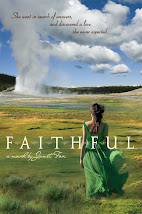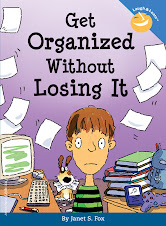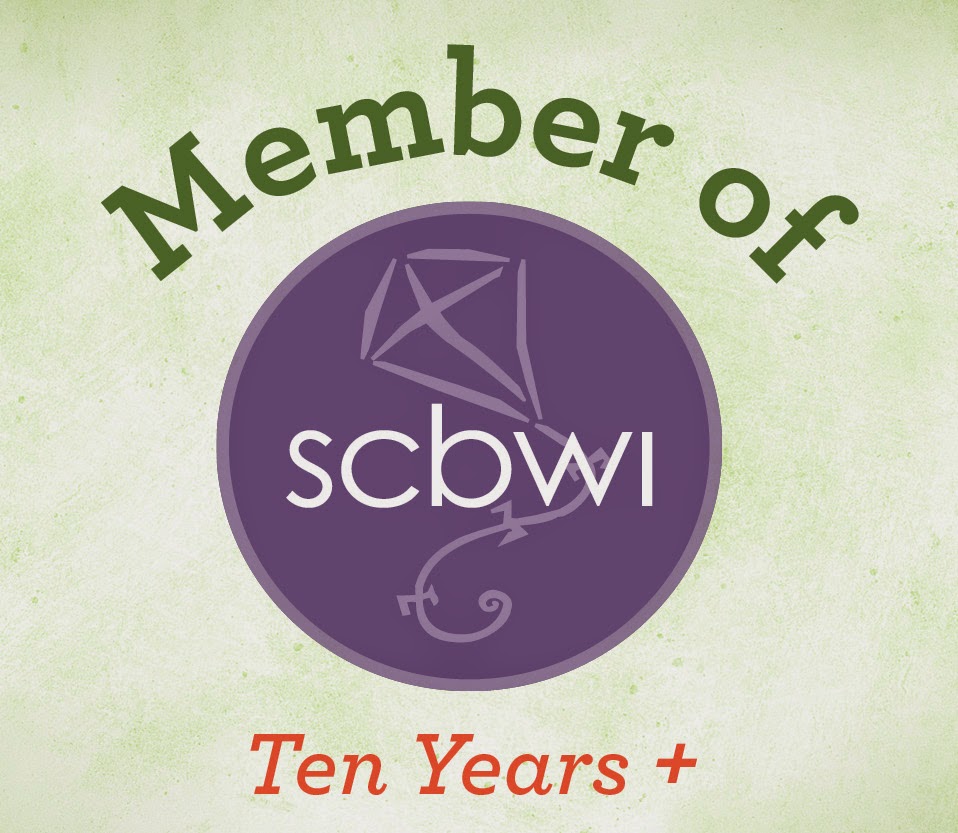Congratulations on the publication of your novel, FAIRVIEW FELINES: A Newspaper Mystery. It’s such an intriguing title! Can you tell us a bit about the story and what inspired it?
FAIRVIEW FELINES is the first in a series of middle grade mysteries based on the main character, Thomas Weston, who loves everything about newspapers, ink-covered fingers and all. He dreams of having his own newspaper at school, so when all the cats in his town of Fairview start disappearing, he figures he can prove himself and solve the mystery. Oh, yeah, and he thinks in these really funny headlines.
Inspired? I don't know if it was inspired, but I worked for newspapers for years and before I started to freelance, I worked at a small weekly newspaper, so I knew a lot about how it worked. And I love reading mysteries (who doesn't?). Thomas' voice came to me right away and so did the headlines, the rest was putting it all together.
How long have you been writing for children/teens? Have you written other books or is this your first effort?
FAIRVIEW FELINES is my first middle grade novel. I have a non-fiction picture book coming out this fall called WEIRD ROCKS, published by Mountain Press, and my agent has another, more serious upper MG or young YA (however that works) that I hope will be out in the world soon.
Can you describe your path to the publication of FAIRVIEW FELINES?
My path to publication is more like a labyrinth! I actually wrote the first draft of this novel years ago but I couldn't seem to find the right home for it. I attended a SCBWI conference and met with Miriam Hees, the publisher at Blooming Tree Press. She asked to see it. I rewrote it again (and changed the ending) before sending it to her -- a year later I got the phone call.
First of all, read, read, and read some more. Don't just read your own genre, but read everything you can. Then go to conferences. Go to workshops. You can never stop improving your writing. And most of all, never, never, never give up.
Can you tell us something about your personal life – inspirations, plans for the future, goals, etc.?
I grew up in New York City and moved to Montana about 17 years ago. When I was in high school I won a Pen Women of America award for my poetry and that was that. I knew I wanted to be a writer but I didn't know how to get there. I traveled around Europe, managed a Rock n' Roll club in the East Village, in NYC, and had a poetry performance band. When I moved to Montana I got involved in SCBWI and found I loved writing for young readers. I'm currently working on my fourth novel and I have ideas all the time about my fifth. I love my life!
Do you have any new writing ventures underway?
I'm working on the second book in the Newspaper Mystery series, besides the ones I mentioned in the previous question. And I continue to write about art for various national magazines.
Do you have a website where readers can learn more about FAIRVIEW FELINES?
You know I do! It's www.michelecorriel.com From there you can find me on Facebook, Twitter, and you can follow my blog called, "Playing with Words."






























































